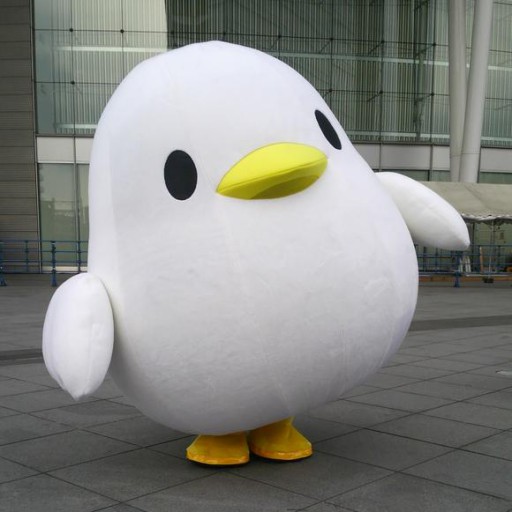Having an afterlife, especially a comfortable one is an important belief throughout ancient Chinese history. Families did not want their deceased loved ones to suffer in the yellow springs; a fictional location of immeasurable graves and where spirits congregated.[1] They brought along objects with them to their deathbed so that they are able to continue having them in the other world. The objects specially crafted and placed in tombs are known as tomb art. It ranges from bronze vessels, ivory, jades to clay figures.[2] Before the Qin dynasty (221-206 BC)[3], real sacrificial beings such as concubines and servants, and tiny figures no bigger than 5cm were found in the tombs.[4] However, this all changed when Qin Shi Huang, First Emperor of China and the ruler of Qin dynasty, started his conquering quest, spreading even to the underground.
The mausoleum of Qin Shi Huang built around 256BC[5], with an area of 56 sq. km, was planned and placed carefully in a strategic location. There are waters in the north and mountains in the south and west, leaving the thousands of terracotta warriors in the east, to protect the tomb[6]. With more than 1400 figures excavated to date, the tomb is estimated to house around 8000 figures in total such as the generals, infantrymen, cavalrymen, archers, chariots, horses along with armours and weapons.[7] In this essay, I compare two of the terracotta warriors, the cavalryman (figure 1) and the gongcheng(figure 2). Although they both are represented in life size, each with great attention to postures and facial features, the differences in size and clothing illustrate the different ranks of the warriors in the army.
[1] Wu Hung,. 2010. The Art Of The Yellow Springs. London: Reaktion Books, 1
[2] Wu Hung,. 2010. The Art Of The Yellow Springs. London: Reaktion Books, 11
[3] Portal, Jane, and Hiromi Kinoshita. 2007. The First Emperor. London: British Museum, 13
[4] Lai, Guolong. 2011. Terracotta Warriors. Singapore: Asian Civilisations Museum, 25
[5] “British Museum – Qin Shihuangdi – The Rise To Power”. 2016. Britishmuseum.Org. Accessed March 17 , 2016.
[6] Gray, Richard. 2015. “China’s Terracotta Army Swells As 1,400 Clay Warriors Found Buried”. Mail Online. http://www.dailymail.co.uk/sciencetech/article-3070079/China-s-terracotta-army-new-recruits-1-400-clay-warriors-horses-chariots-buried-near-emperor-s-tomb.html.
[7] Lai, Guolong. 2011. Terracotta Warriors. Singapore: Asian Civilisations Museum, 9-16
And also, I have a very important question, May i know what tense our essay should be in?

